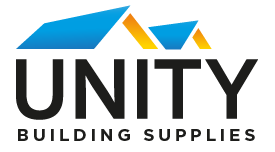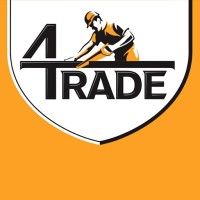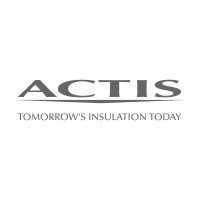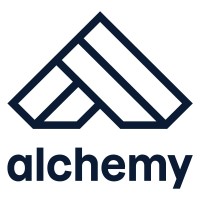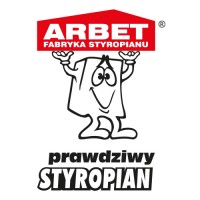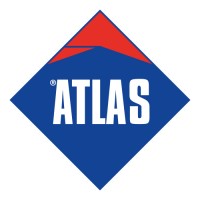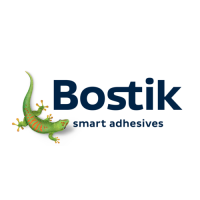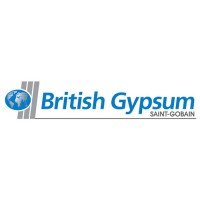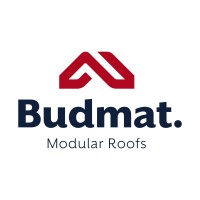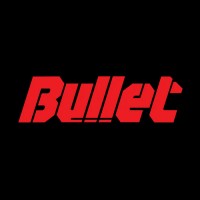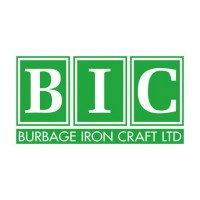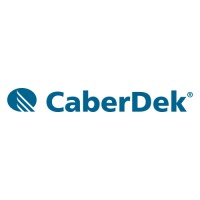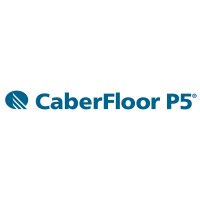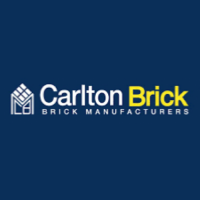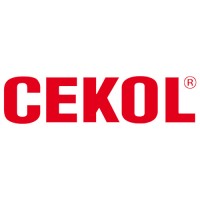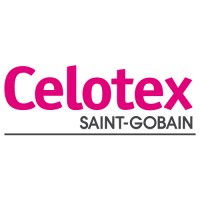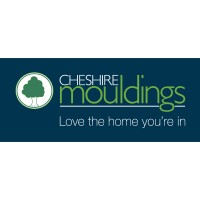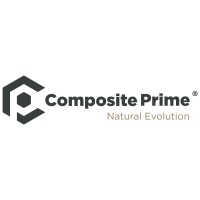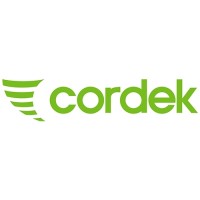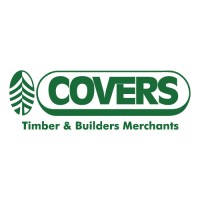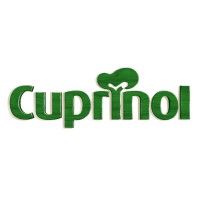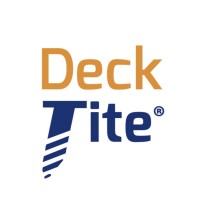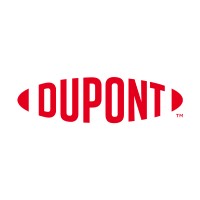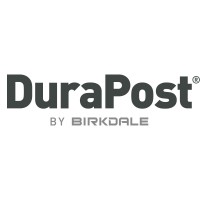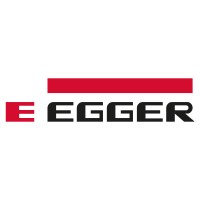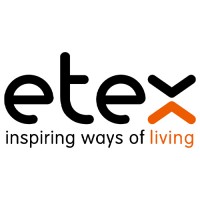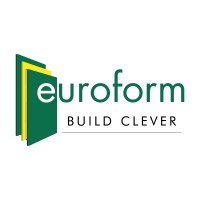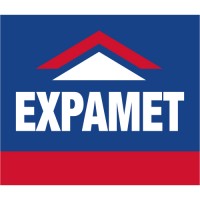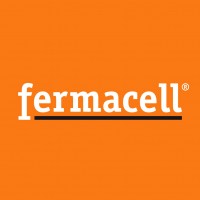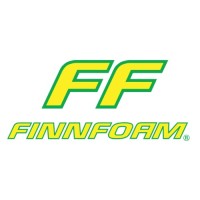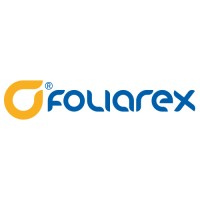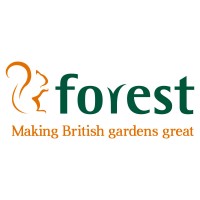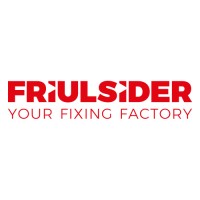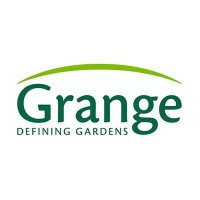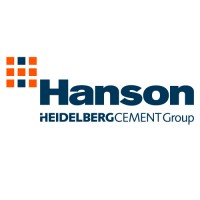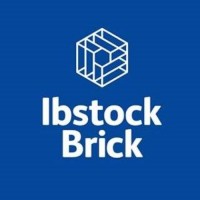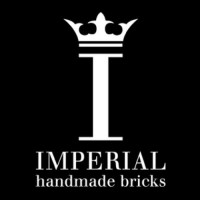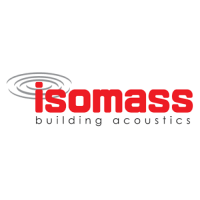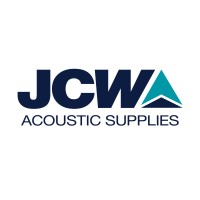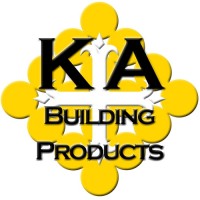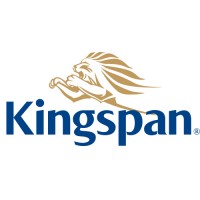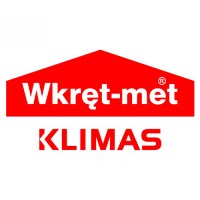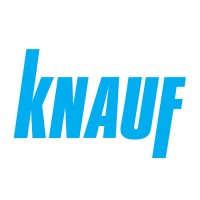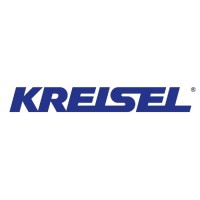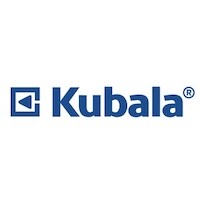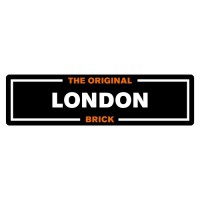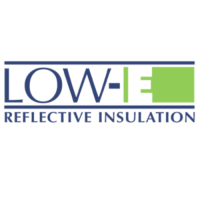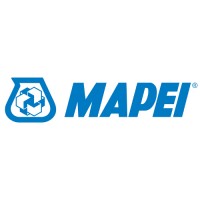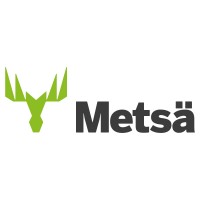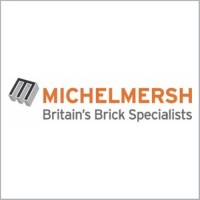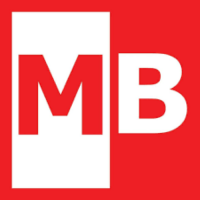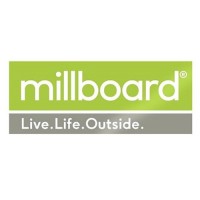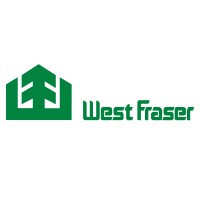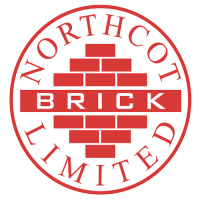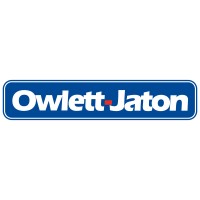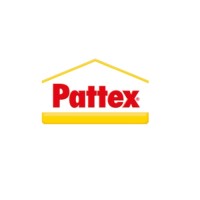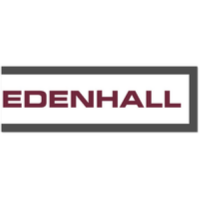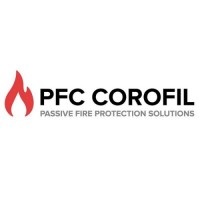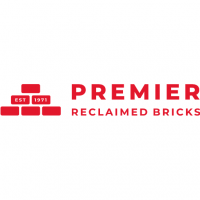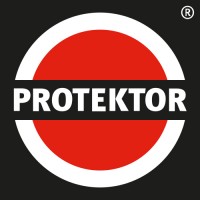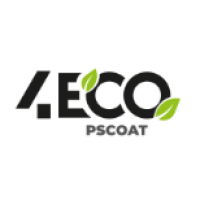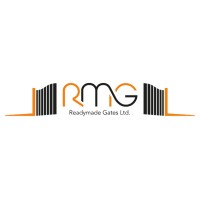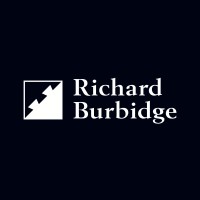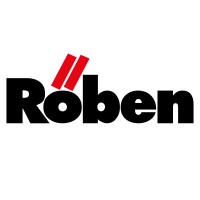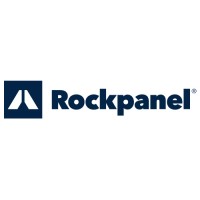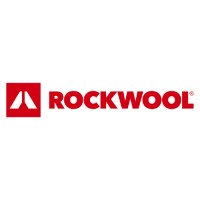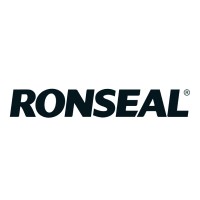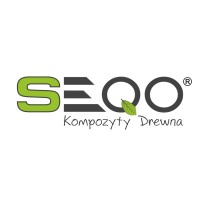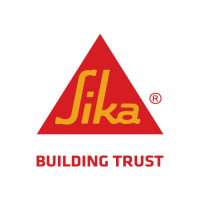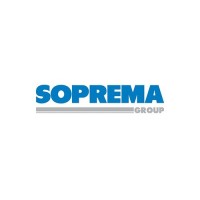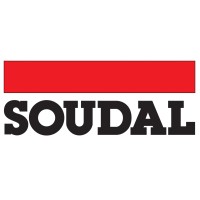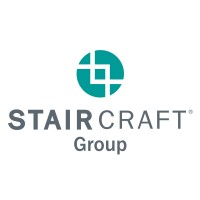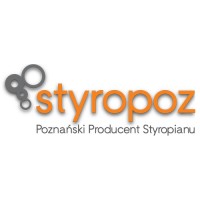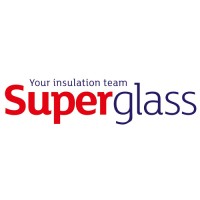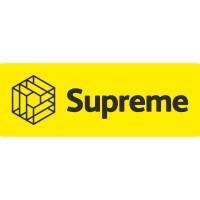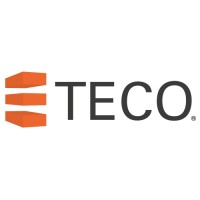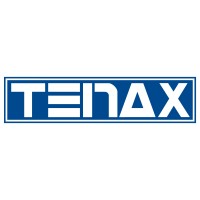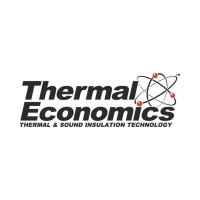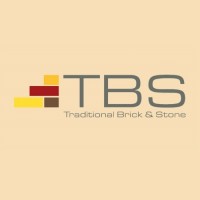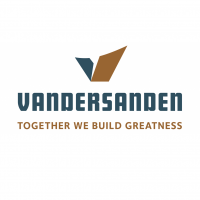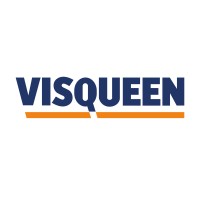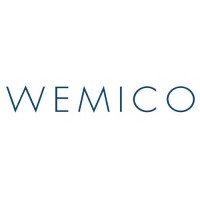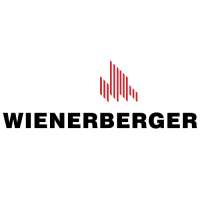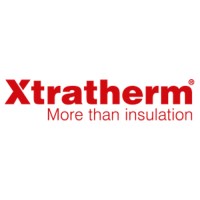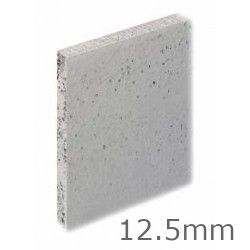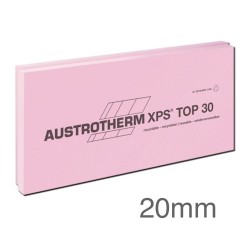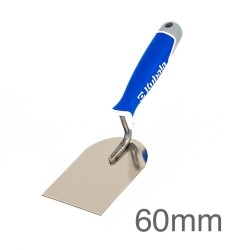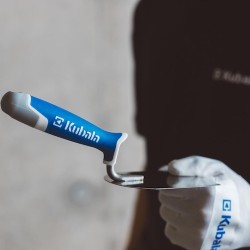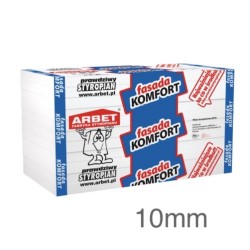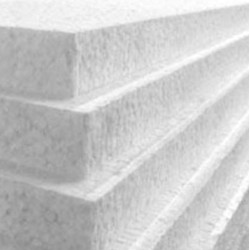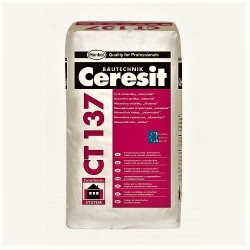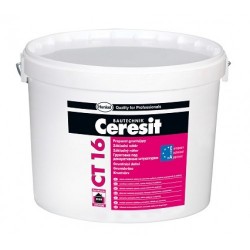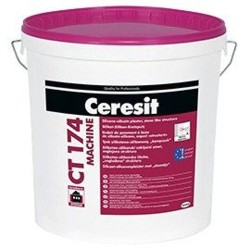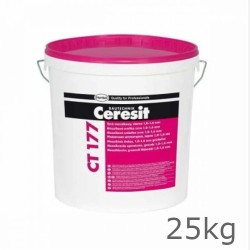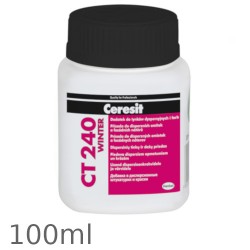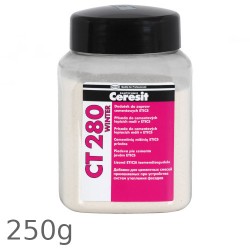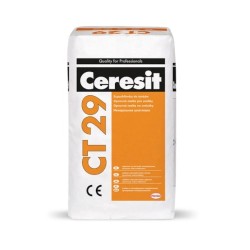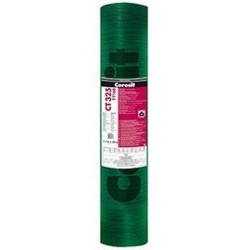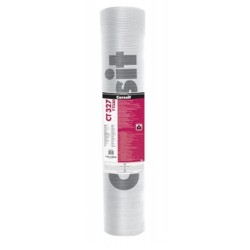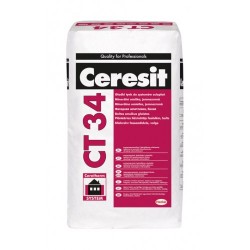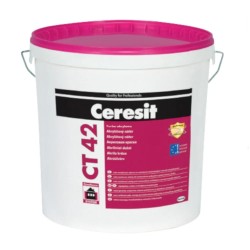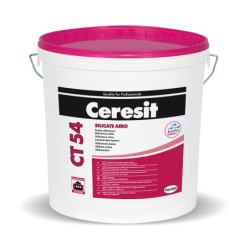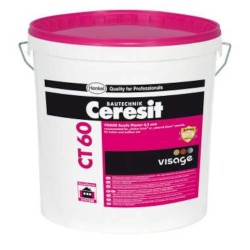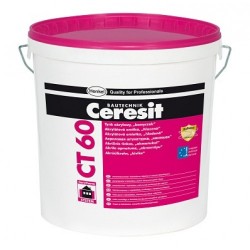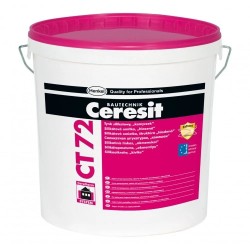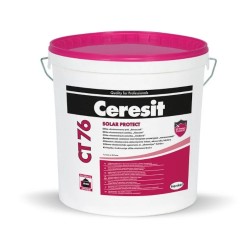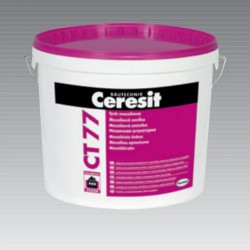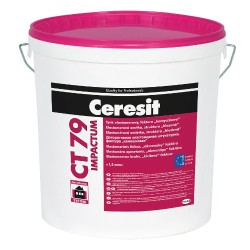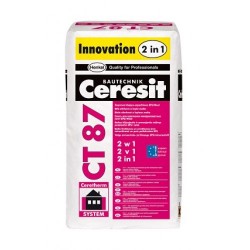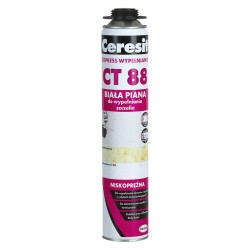Insulated Render
An insulated render system is a multi-layered approach to thermal insulation applied to the exterior of a building. These systems help improve thermal efficiency and enhance energy performance while protecting the building façade. It typically involves the following layers:
- Rigid Insulation: This layer consists of boards or sheets that provide thermal insulation.
- Reinforcing Mesh: Applied over the insulation, this mesh enhances structural integrity.
- Render Base Coat: A layer of base coat material is applied to the mesh.
- Finishing Coat: The final layer is a protective render finish.
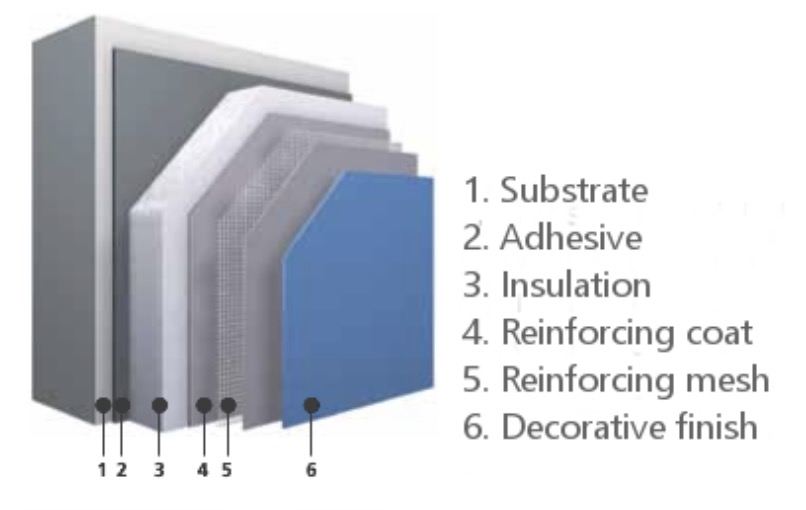
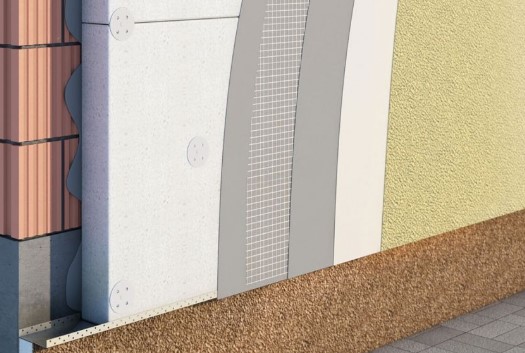
Insulated render systems are commonly used for improving thermal efficiency and enhancing energy performance in buildings.
- Insulation: The core component of an insulated render system is the insulation material. Common options include:
- Expanded Polystyrene (EPS): Lightweight and easy to install, EPS slabs are mechanically fixed to the existing wall.
- Mineral Wool Slab: Provides good thermal performance and fire resistance.
- Phenolic Foam Slab: Offers excellent insulation properties.
- Mechanical Fixings: These are used to attach the insulation boards to the wall. They can be made of metal or plastic. To minimize thermal bridging, adhesive-fixed insulation or a track & rail system can be used.
- Mesh Reinforcement: A mesh is applied over the insulation to create a key backing for subsequent layers.
- Render Base Coat: This layer provides a smooth surface for the final finish. It’s typically applied over the mesh.
- Finish Coat: The outermost layer is the decorative render finish.
- Silicone Render: Durable and water-repellent.
- Mineral Render: Breathable and natural-looking.
- Polymer Plain Render: Versatile and available in various colors.
- Polymer Dashing Render: Textured finish with added aggregates.
- Rendabrick: Simulates brickwork appearance.
- Acrylic and Silicate Renders: Different finishes for aesthetic variety.
- EPS (Expanded Polystyrene) System:
- Prepare the Surface: Clean and repair the existing wall surface.
- Fix Insulation Boards: Mechanically fix EPS insulation boards to the wall using appropriate fixings (screws or nails).
- Apply Base Coat: Apply a base coat (usually cement-based) over the insulation boards.
- Install Reinforcement Mesh: Embed a fibreglass mesh into the base coat while it’s still wet.
- Apply Finish Coat: Once the base coat is dry, apply the final decorative render finish (e.g., silicone render, acrylic render).
- Mineral Wool System:
- Surface Preparation: Clean and repair the wall.
- Attach Insulation Slabs: Fix mineral wool slabs to the wall using adhesive or mechanical fixings.
- Base Coat Application: Apply a base coat (cementitious or polymer-based) over the insulation.
- Mesh Reinforcement: Embed a mesh into the base coat.
- Final Render Coat: Apply the chosen render finish (e.g., mineral render, acrylic render).
- Phenolic Foam System:
- Surface Preparation: As with other systems, prepare the wall.
- Fix Phenolic Foam Slabs: Attach phenolic foam slabs using mechanical fixings.
- Base Coat and Mesh: Apply a base coat and embed reinforcement mesh.
- Finish Coat: Apply the desired render finish.
The finish coat in an insulated render system is the outermost layer that provides both aesthetic appeal and protection.
- Types of Finish Coats:
- Silicone Render: Durable, water-repellent, and available in various colors.
- Mineral Render: Breathable and natural-looking.
- Acrylic Render: Versatile and easy to apply.
- Polymer Plain Render: Offers different finishes for aesthetic variety.
- Polymer Dashing Render: Textured finish with added aggregates.
- Rendabrick: Simulates brickwork appearance.
- Application Process:
- After applying the base coat (which provides a smooth surface), the finish coat is applied.
- It can be trowel-applied or sprayed onto the surface.
- The thickness of the finish coat varies based on the system and manufacturer’s recommendations.
- Benefits:
- Weather Resistance: Finish coats protect against rain, UV exposure, and temperature fluctuations.
- Decorative: They enhance the appearance of the building.
- Breathability: Some finishes allow moisture vapour to escape while maintaining water resistance.
CHOOSE MANUFACTURERS
Brand: Knauf
Model and Size: 1200x900mm - 1.08m2
Delivery Time: In stock, 1-2 days
12.5mm Knauf Aquapanel Exterior Cement Board. A provides a solid, dry base that can withstand the extreme weathering effects of wind, rain and snow. An ideal substrate for directly applied render finishes and can be used for exterior walls in ventilated systems as well as exterior ceilings and soffi..
£28.64
£34.37 inc VAT
Brand: Austrotherm
Model and Size: 600mm x 1250mm - 0.75m2
Delivery Time: 1 - 2 days
20mm XPS 300 Insulation Board - Square Edge - TOP-F 30 SF is an extruded polystyrene thermal insulation board designed for domestic, commercial, and industrial applications where high resistance to compression and water absorption is essential. The TOP-F 30 SF extruded polystyrene boards (XPS) are m..
£3.65
£4.38 inc VAT
Brand: Kubala
Model and Size: 60mm
Delivery Time: 1 - 2 days
Kubala Stucco Trowel, 60mm Stainless Steel Blade with a Welded-on Soft Handle is a specialised tool used in stucco application. The softer grip handle provides comfort during extended use. 60mm stucco trowel is considered relatively narrow and highly suitable for finishing work and achieving smoothe..
£7.50
£9.00 inc VAT
Brand: Arbet
Model and Size: 1000x500mm - 30m2
Delivery Time: In stock, 1-2 days
Arbet 10mm White Polystyrene Board is a lightweight, durable, and provides excellent thermal insulation properties. The polystyrene sheets can be used for insulating exterior walls, roofs, floors, and HVAC systems, offering effective thermal protection for buildings.CHARACTERISTICSLightweight and du..
£36.95
£44.34 inc VAT
Brand: Ceresit
Model and Size: CT137
Delivery Time: 5 - 7 days
Ceresit CT137 Mineral Render is used for making thin layer plasters on concrete substrates, traditional plasters, gypsum substrates and gypsum cardboards, gypsum fi bre boards, etc.We recommend the application of the plaster CT137 as façade plaster within Ceresit Ceretherm ETICS (External Thermal In..
£28.50
£34.20 inc VAT
Brand: Ceresit
Model and Size: 10 litres
Delivery Time: In stock, 1-2 days
Ceresit CT16 is designed for priming substrates before the application of renders, finishes and paint coats. It facilitates the application and texturing of plasters, optimizes the drying process and improves the plaster-to-substrate adhesion. Provides a uniform substrate, prevents stain build-up on..
£41.25
£49.50 inc VAT
Brand: Ceresit
Model and Size: 5 kg
Delivery Time: In stock, 1-2 days
Ceresit CT16 is designed for priming substrates before the application of renders, finishes and paint coats. It facilitates the application and texturing of plasters, optimizes the drying process and improves the plaster-to-substrate adhesion. Provides a uniform substrate, prevents stain build-up on..
£19.50
£23.40 inc VAT
Brand: Ceresit
Model and Size: CT174 - 1.0mm
Delivery Time: 5 - 7 days More options available
CharacteristicsDesigned for machine application,
Optimised consumption,
Uniform final structure,
Vapour permeable,
Low absorbability,
Resistant to damage and weather conditions,
UV resistant
Available in full palette of Ceresit Colours
ready to use
ApplicationExternal WallsOn cement render..
Brand: Ceresit
Model and Size: Ceresit CT177
Delivery Time: 3 - 5 days
CharacteristicsManufactured in several dozen colour arrangements,
Ready to use,
Resistant to weather conditions,
Resistant to abrasion,
Easy to keep clean
ApplicationsExternal walls,
Internal wallsCertificationsCeresit VWS Classic system: ETA-06/0260,
European Certificate of Conformity No.130..
Brand: Ceresit
Model and Size: CT240
Delivery Time: 2 - 4 days
Ceresit CT240 is an additive for thin-coat acrylic plasters like CT60, CT63, CT64, silicone-silicate plasters like CT174, CT175, silicone plasters like CT74, CT75, priming paints like CT15, CT16 acrylic paints like CT42, CT44, and silicone paints like CT48 and CT49. It accelerates binding and drying..
£12.00
£14.40 inc VAT
Brand: Ceresit
Model and Size: CT280
Delivery Time: 2 - 4 days
Ceresit CT280 Winter Additive is intended for use as an additive in the late autumn and early spring periods, when the temperature at night drops below zero so work can continue. It is used as an additive for Ceresit cementbase mineral adhesive mortars and adhesive and reinforcing mortars (CT83, CT8..
£10.50
£12.60 inc VAT
Brand: Ceresit
Model and Size: CT29 25Kg
Delivery Time: 5 - 7 days
CharacteristicsVapour permeable (breathable),
Resistant to weather conditions,
Good adhesion,
Reinforced with micro-fibres,
Easy to apply
ApplicationPour the contents of the package into a measured clean amount of cool water and mix until a homogeneous mass is obtained.
It is most convenient t..
£31.19
£37.43 inc VAT
Brand: Ceresit
Model and Size: 1.1m x 50m - 55m2
Delivery Time: In stock, 1-2 days
CharacteristicsAlkali-resistant,
Slip proof,
Tear proof
ApplicationThe ready prepared mortar should be spread evenly over the surface of the boards with a tooth trowel with 10-12 mm teeth. In the case of mineral wool boards prior to distribution must also be primed with mortar. In the prepared la..
£67.00
£80.40 inc VAT
Brand: Ceresit
Model and Size: CT327
Delivery Time: 2 - 3 Days
CharacteristicsAlkali-resistant,
Slip proof,
Tear proof,
High impact resistance.
ApplicationEmbed the glass-fibre mesh vertically into the fresh reinforcing mortar, with overlaps of approx. 10 cm in joint areas, then level the surface.Embed the webbing into the upper third of the reinforcing la..
Brand: Ceresit
Model and Size: CT34 - 25kg
Delivery Time: 7 - 10 days
Ceresit CT34 White Smooth Mineral Render is used to make smooth surfaces on reinforced layers in complex Ceresit Ceretherm thermal insulation systems. The material can also be used to repair traditional cement-lime plasters inside and outside buildings. Even thin-layer walls and ceilings can be made..
£41.80
£50.16 inc VAT
Brand: Ceresit
Model and Size: CT42 Acrylic Paint
Delivery Time: 1 - 2 days More options available
PropertiesLow absorbance
Damage resistant
Resistant to weather conditions
BioProtect formula – resistant
To the development of fungus, algae and mould
Available in full palette of Ceresit coloursApplicationsProtecting façadesProtecting concrete constructionsProtecting interiorsApplied on the mi..
£69.50
£83.40 inc VAT
Brand: Ceresit
Model and Size: CT49 Silix XD
Delivery Time: 2 - 3 Days More options available
PropertiesLow absorbance
High vapour permeability
Self-cleaningResistant to dirtHigh durability thanks to the Silix XD® formula
Crack-bridging
Highly resistant to weather conditions and UVTicsotropic
For use in areas open for biological contamination (fungi, algae, etc.)
Available in full pale..
Brand: Ceresit
Model and Size: CT54 Silicate Paint
Delivery Time: 1 - 2 days
PropertiesHigh vapour permeableHigh resistant to damage and cleaningWeather conditions resistantStability of colourBioProtect formula – resistant to the development of fungus, algae and mouldAvailable in full palette of Ceresit Colours of Nature®Ceresit CT 54 is used for painting façades and interio..
£80.00
£96.00 inc VAT
Brand: Ceresit
Model and Size: CT60 - 25kg 0.5mm
Delivery Time: 2 - 3 Days More options available
Ceresit CT60 is used for making thin-layer renders in External Wall Insulation Systems, on concrete substrates, on traditional renders, gypsum substrates and chipboards, gypsum cardboards, etc. It is recommended use CT60 as facade render within Ceresit ETICS (External Thermal Insulation Composite Sy..
£89.00
£106.80 inc VAT
Brand: Ceresit
Model and Size: CT60 - 25kg
Delivery Time: 1 - 2 days More options available
Ceresit CT60 White Acrylic Render is used for making thin-layer plasters on concrete substrates, traditional plasters, gypsum substrates and chipboards, gypsum cardboards, etc. The recommended application of CT60 is as façade plaster within complex system of warming walls of outside buildings Ceresi..
£54.12
£64.94 inc VAT
Brand: Ceresit
Model and Size: CT72 1.5mm
Delivery Time: 5 - 7 days More options available
PropertiesHighly vapour permeable and durableResistant to damage and cleaning
Resistant to weather conditions
BioProtect formula – resistant to the development of fungus, algae and mould
Possibility of the machine applicationRange of Ceresit coloursApplicationConcrete substratesTraditional plaste..
Brand: Ceresit
Model and Size: CT74 - 25kg
Delivery Time: 1 - 2 days More options available
Ceresit CT74 Silicone Render is used for making thin-layer plasters on concrete substrates, traditional plasters, gypsum substrates and chipboards, gypsum cardboards, etc. The recommended application of the plaster CT74 is as façade plaster within Ceresit ETICS (External Thermal Insulation Composite..
£69.30
£83.16 inc VAT
Brand: Ceresit
Model and Size: CT76 Solar Protect 1.5mm
Delivery Time: 1 - 2 days More options available
Notice: Please get in contact to select colourPropertiesHighly resistant to UVKeeps colourSelf-cleaning Resistant to dirtElastic and impact resistant
Very low absorption High vapour permeability
Resistant to most weather conditions
Comes in Ceresit range of coloursExtended shelf life..
£98.45
£118.14 inc VAT
Brand: Ceresit
Model and Size: CT77 1.2mm - 1.8mm
Delivery Time: 5 - 7 days More options available
PropertiesUV and abrasion resistance
Milky effect resistance
Easy to spread smoothWeather resistantResistant to dirtEasy to keep clean
Available in Ceresit ColoursApplicationsTraditional plastersConcrete substratesGypsum substrates and chipboardsGypsum cardboardsOutside on areas that can easily g..
Brand: Ceresit
Model and Size: CT79 1.5mm
Delivery Time: 5 - 7 days More options available
PorpertiesHighly elastic, reinforced with carbon, glass and polyacrylamid fibres combination
Extremely resistant to weather conditions
Extremely resistant to operating damages – Over 100 Joules forceExtremely resistant for thermal stressesReady to useSelf-cleaningHighly dirt resistantVery low wate..
Brand: Ceresit
Model and Size: CT84
Delivery Time: In stock, 1-2 days
Ceresit CT84 Express is used for fixing expanded polystyrene boards in the complex Ceresit Ceretherm systems for thermal insulation for external building walls (ETICS). Approximately 2 hours after the application, the foamed polystyrene boards can be smoothed, anchored and then the armoured layer ma..
£14.12
£16.94 inc VAT
Brand: Ceresit
Model and Size: CT87
Delivery Time: In stock, 1-2 days
Ceresit CT87 Adhesive-Filler Mortar is designed to warm up external walls of the buildings by application of external thermal insulation composite system using EPS- or mineral wool façade boards. It is an element of following ETICS from Ceresit: Ceresit Ceretherm Premium or Ceresit Ceretherm Wool Pr..
£27.50
£33.00 inc VAT
Brand: Ceresit
Model and Size: CT87 48 bag
Delivery Time: In stock, 1-2 days
Ceresit CT87 Adhesive-Filler Mortar is designed to warm up external walls of the buildings by application of external thermal insulation composite system using EPS- or mineral wool façade boards. It is an element of following ETICS from Ceresit: Ceresit Ceretherm Premium or Ceresit Ceretherm Wool Pr..
Brand: Ceresit
Model and Size: CT88
Delivery Time: In stock, 1-2 days
Ceresit CT88 Express Application:- Filling gaps between EPS and XPS polystyrene boards- Filling cavities - damage to EPS and XPS boards in the layerinsulating insulation system.
- Adhesive replenishment in the existing insulationProperties:- ideal for filling loses and gaps in the insulation l..
£12.95
£15.54 inc VAT
Brand: Ceresit
Model and Size: 14cm x 28cm - free delivery
Delivery Time: 1 - 2 days
Plastic Trowel used for Insulated Textured Renders..
